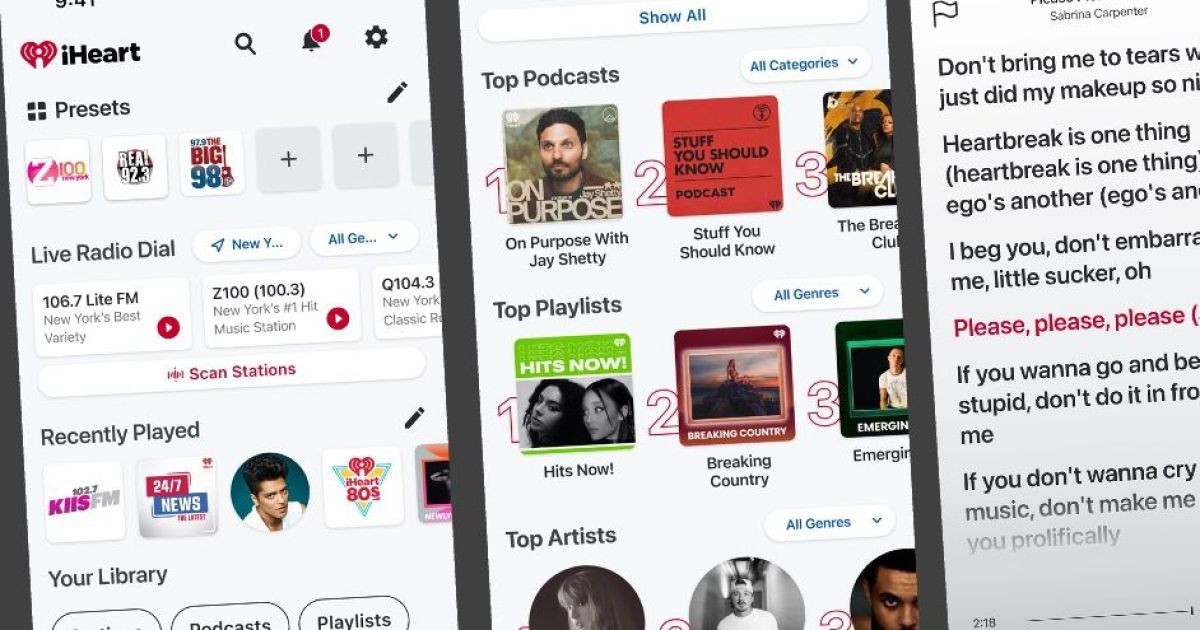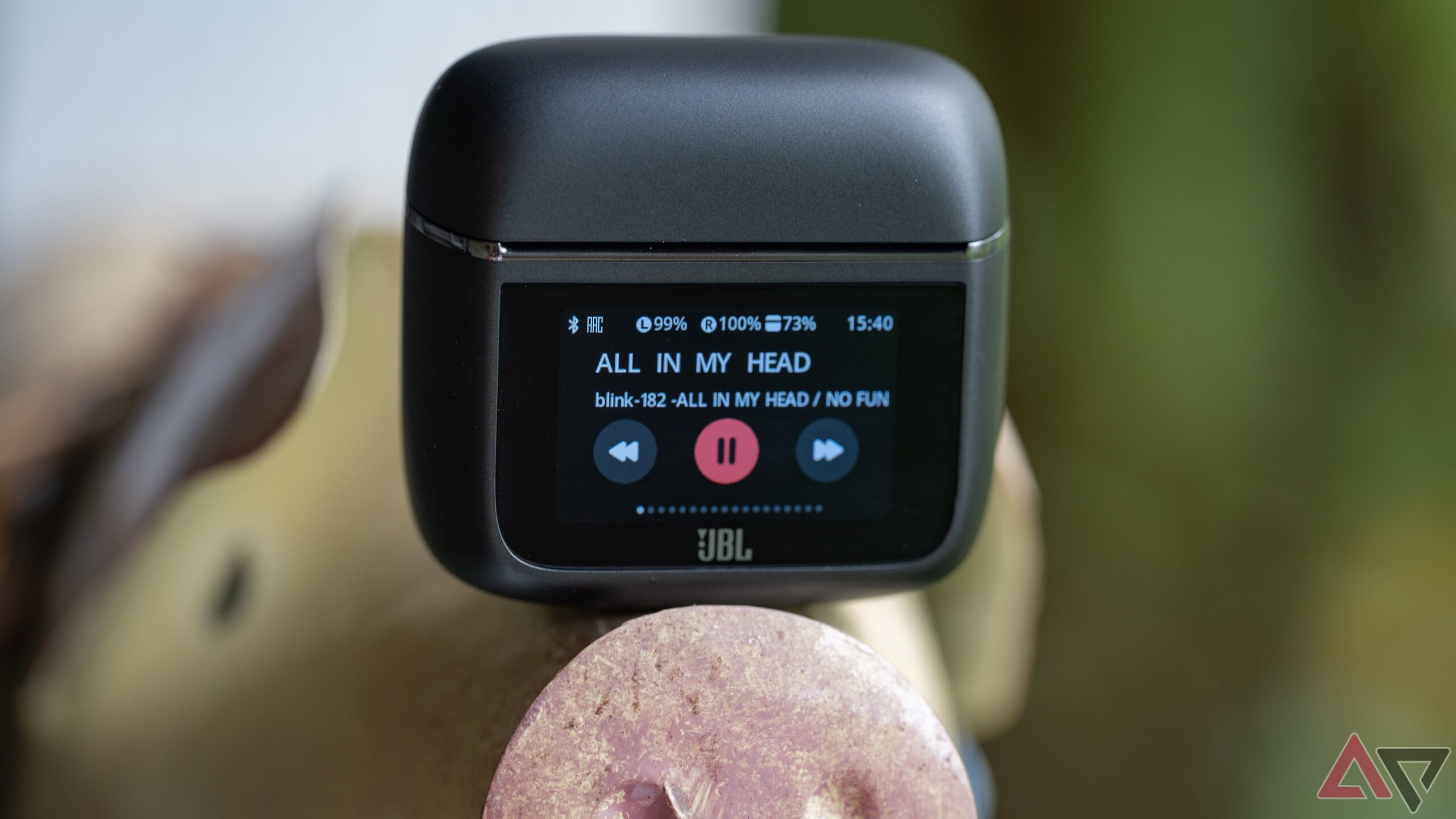It looks like 2025 will be a big year for Apple’s iPhone. Not only are we expecting an iPhone SE 4, but the iPhone 17 lineup will have some big changes, too. Coming off a particularly hot year with the iPhone 16 family, what changes and upgrades can we look forward to with the iPhone 17?
Here’s everything we know about the iPhone 17 series so far.
iPhone 17: possible release date
Apple has a fairly regular release schedule for the flagship iPhone line, though there have been some deviations in the past. However, it’s safe to say that the iPhone 17 will be announced and launched sometime in the fall, specifically in September.
Please enable Javascript to view this content
Let’s look at Apple’s historical track record when it comes to some of the recent iPhone releases.
- iPhone 16: Announced September 9, released September 20, 2024
- iPhone 15: Announced September 12, released September 22, 2023
- iPhone 14: Announced September 7, released September 16, 2022
Unless there’s another anomaly like the iPhone 12’s October 2020 release, we can expect to see the iPhone 17 lineup revealed sometime in September 2025.
iPhone 17: possible price

We’ve only seen one report so far about the pricing for the iPhone 17 series, and it mostly aligns with what we’ve seen in the past. The base iPhone 17 should start at $799, the iPhone 17 Pro at $1,099, and the iPhone 17 Pro Max at $1,299.
However, there may be a change in this year’s lineup, as Apple plans to eliminate the Plus variant and replace it with an iPhone 17 “Slim” model. There have been conflicting reports about this device’s possible price.
Initially, when the iPhone 17 Slim rumors started, it seemed to be the next “high-end” device that would be as or more expensive than the Pro Max model and start at $1,299.
However, more recent rumors have indicated that the Slim may replace the Plus size, so it might end up with a price tag similar to the Plus, sitting between the base iPhone 17 and the iPhone 17 Pro.
iPhone 17: design

From the rumors we’ve seen so far, it looks like the iPhone 17 lineup could see some design changes from the current iPhone 16 family.
iPhone 17 ‘Slim’ or ‘Air’
Again, from the rumors, it seems Apple is eliminating the Plus size from the lineup. Instead, it will be replaced with a “slim” model, which could be called the iPhone 17 Slim or iPhone 17 “Air.”
The reports about this device suggest that it will be 25% thinner than the iPhone 16 Pro. The thinness would be achieved by Apple using its in-house modem to replace the Qualcomm ones it previously used. However, a much thinner chassis may not leave much room for battery, which is something to consider.
The iPhone 17 Slim is likely to only feature a single-lens rear camera, similar to the iPhone SE series. Regarding placement of the rear camera, there are reports that it may be a vertical layout in the top-left corner like on the iPhone 16, or it could switch to a large, centered camera bump on the back.
There would not be enough room on the bottom edge for a speaker, so the iPhone 17 Slim may just have one speaker at the top. The frame will be titanium/aluminum, but with more aluminum in the mix than titanium compared to the current Pro models.
iPhone 17

Considering that Apple just tweaked the design of the iPhone 16, it’s unlikely that we will see any major revamp for the base model iPhone 17.
Rumors have suggested that Apple may actually slightly increase the size of the base model iPhone 17 to 6.3 inches (up from 6.1 inches), which would be the same size as the iPhone 16 Pro. Aside from that, though, there hasn’t been much information about the base model’s design changes. Some mock-ups (like the one above), suggest we’ll see a new camera design, but it’s too early to tell at this point.
iPhone 17 Pro and Pro Max

On the other hand, while the iPhone 16 Pro models looked the same as the past few years, it appears that we’re in for big changes with the iPhone 17 Pro and iPhone 17 Pro Max.
Initially, it was suggested that Apple would no longer use titanium for the iPhone 17 Pro models, but instead go back to an aluminum frame. However, a recent December report indicates that Apple will actually be sticking with titanium. All this is speculation, though, and we expect more contradictory reports from now until next September. But until then, either is a possibility, though we’d probably lean more heavily with the titanium.
The back glass could also change, going from an all-glass back to half aluminum and half glass. Rumors have indicated the top half of the back panel could be aluminum, while the bottom half is still glass, which would support wireless charging. Another benefit of having aluminum on the back would be more durability against drops, at least for the aluminum portion.
While the iPhone 16 Pro models were disappointing due to a lack of change with the camera design, it looks like the iPhone 17 Pro will have some significant changes in store. Apple could be removing the square camera module and replacing it with a rectangular camera bar made of aluminum. It’s reminiscent of what Google has done on the Pixel 9 Pro.
The iPhone 17 Pro Max might have a smaller Dynamic Island. The reason behind that possibility is a new “meta-lens” that will be used for Face ID, which means less space is needed.
There is also a rumor about brighter, more saturated colors for the iPhone 17 Pro models, including dark green, teal, and green. This claim comes from leaker Majin Bu, though I would be skeptical of this one as the leaker has a mixed record with rumors in the past.
iPhone 17: display

One of the biggest complaints about the base model iPhone, even with the iPhone 16, is that it still uses a display with only a 60Hz refresh rate. That may be changing with the iPhone 17 series.
According to industry sources, Apple may use LTPO (low-temperature polycrystalline oxide) displays across the iPhone 17 lineup. Yes, that includes the base model and the Slim variant. LTPO technology allows an OLED screen to have a dynamic refresh rate while using less power. With this in mind, all iPhone 17 models should have the 120Hz ProMotion always-on display.
Another big change we may see is an anti-reflective layer on the glass, which would help reduce glare and make it easier to see outdoors. This coating could also make the screen more resistant to scratches than the current Ceramic Shield.
Now, let’s talk about the sizes of the displays on each model. As we mentioned previously, the base model iPhone 17 could get a bump in size to a 6.3-inch LTPO OLED display. The iPhone 17 Slim/Air may be 6.6 inches, while the iPhone 17 Pro and iPhone 17 Pro Max should remain 6.3 inches and 6.9 inches, respectively.
iPhone 17: specs

Apple always upgrades the new iPhones with faster and more efficient processors every year, and the iPhone 17 lineup will be no exception.
Unfortunately, it doesn’t look like Apple will be getting TSMC’s next-generation 2nm chip, but the A19 chips that we expect in the iPhone 17 should be manufactured with an upgraded 3nm process. This means a slight bump in performance and power efficiency.
For the base iPhone 17 and iPhone 17 Slim, we will have the standard A19. The iPhone 17 Pro and Pro Max will be equipped with the A19 Pro.
In terms of RAM, the iPhone 17 and iPhone 17 Slim could have 8GB RAM. There are some conflicting reports regarding the Pro models, though. One rumor suggests that both Pro models will have 12GB RAM, while another says that only the Pro Max version will have 12GB RAM, while the regular Pro will have 8GB.
Apple has also been rumored to transition to its own in-house modems beginning in 2025, with the iPhone SE 4 being the first iPhone to switch from Qualcomm. The transition will take place over the next three years, so at least one of the iPhone 17 models will also have Apple’s own 5G modem, while the rest could stick with Qualcomm.
iPhone 17: cameras

The cameras on the iPhone 17 lineup will also see some significant upgrades, which should be welcome news for iPhone photographers.
Across the board, the iPhone 17 lineup should have an improved front-facing selfie camera with 24MP resolution instead of 12MP. The higher megapixels should equate to higher detail and more clear selfies.
Apple may, unfortunately, bring back some feature disparity between the Pro models. Reports have suggested that only the iPhone 17 Pro Max would get a 48MP primary camera, 48MP ultrawide camera, and a 48MP telephoto camera — the smaller iPhone 17 Pro would still have a 12MP telephoto lens if that’s true. However, both Pro models should still have the 5x optical zoom capability.
For the slim variant, it will reportedly have a single-lens 48MP camera.
There have also been whispers that at least one iPhone 17 model will have a mechanical aperture, but it’s unclear which one. Such a feature would allow users to adjust the size of the aperture to change the amount of light that comes in through the lens. Currently, iPhones have a fixed aperture, but with a variable aperture, images can be captured with a more shallow depth of field.
iPhone 17: battery life

The upgraded manufacturing process for the A19 chip should mean we have better performance and power efficiency. Typically, Apple doesn’t significantly increase battery capacity, but we should see potential increases in battery life due to the processor’s power efficiency, even if the capacity is similar to the current generation.
But there may be welcome news for those who want to replace their iPhone 17 batteries in the future. Apple began using a new type of adhesive that can be loosened with a low-voltage electrical current, which has been used in the iPhone 16 and iPhone 16 Plus, but not the Pro models. This adhesive makes removing the battery easier if one needs to replace it. If Apple uses this new adhesive across the entire iPhone 17 lineup, battery replacements will be easier.













